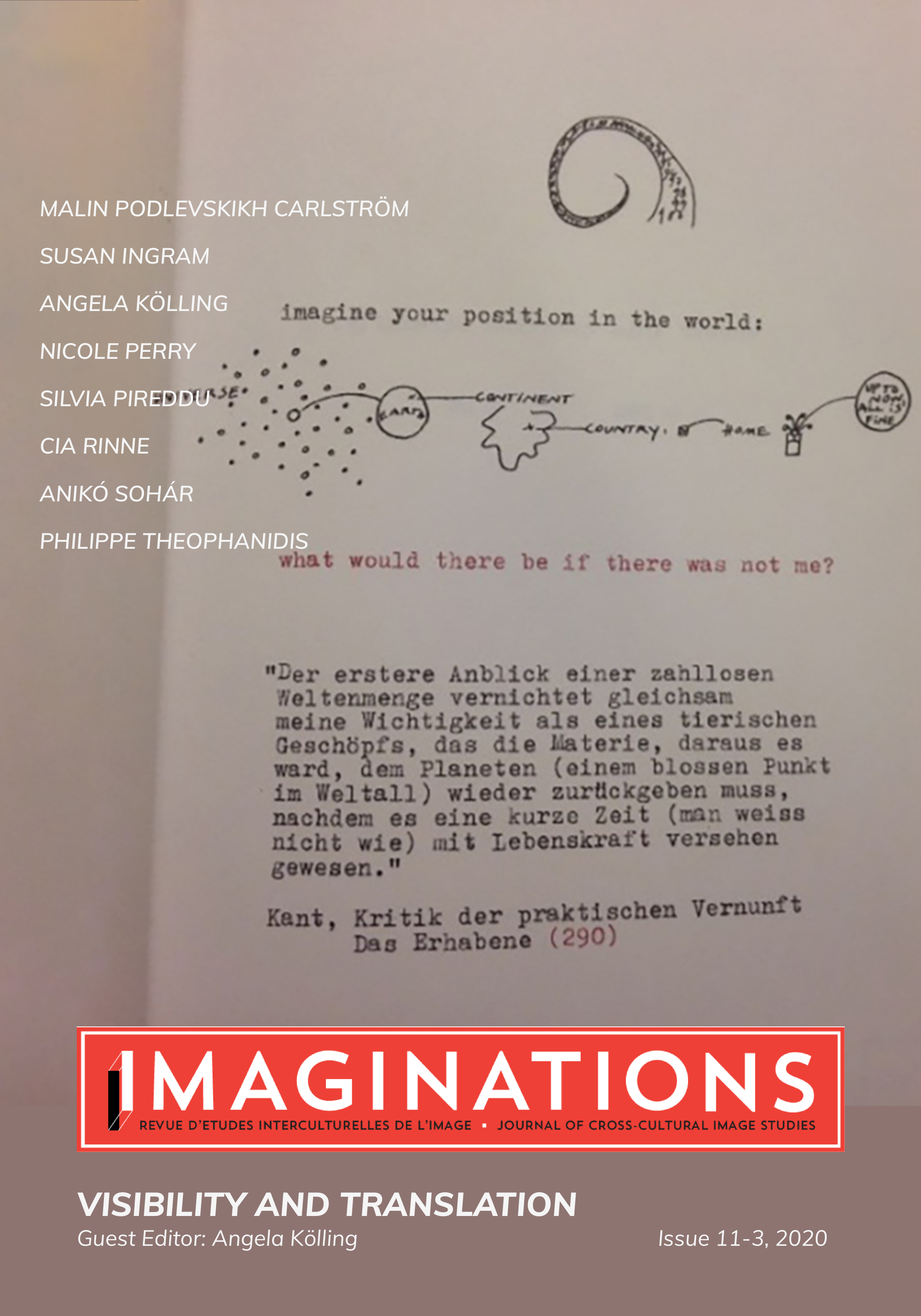Translating the “Dead Indian”: Kent Monkman, Miss Chief Eagle Testickle, and the Painting of the American West
DOI:
https://doi.org/10.17742/IMAGE.VT.11.3.4Keywords:
painting; Indigenous histories; American West; Kent MonkmanAbstract
This article examines the work of Kent Monkman, an artist of Cree ancestry, and his Indigenous interventions into art of the American West. Known for his provocative and highly sexualized genre, Monkman, along with his gender fluid alter ego and companion, Miss Chief Eagle Testickle, have been upsetting the art world for more than a decade. By using Thomas King’s (Cherokee) concept of the “Dead Indian”, I examine how Monkman’s work revitalises Indigenous histories and places them in the centre of the paintings by the 19th-century German-American artist of the American West, Albert Bierstadt. By repurposing the scene, Monkman translates the images from anachronistic settler-colonial narratives and uses these images from the past to highlight Indigenous narratives of the American West.Downloads
Published
2021-02-23
How to Cite
Perry, N. (2021). Translating the “Dead Indian”: Kent Monkman, Miss Chief Eagle Testickle, and the Painting of the American West. Imaginations: Journal of Cross-Cultural Image Studies, 11(3), 79–99. https://doi.org/10.17742/IMAGE.VT.11.3.4
Issue
Section
Articles
License

This work by https://journals.library.ualberta.ca/imaginations is licensed under a Creative Commons 4.0 International License although certain works referenced herein may be separately licensed, or the author has exercised their right to fair dealing under the Canadian Copyright Act.




